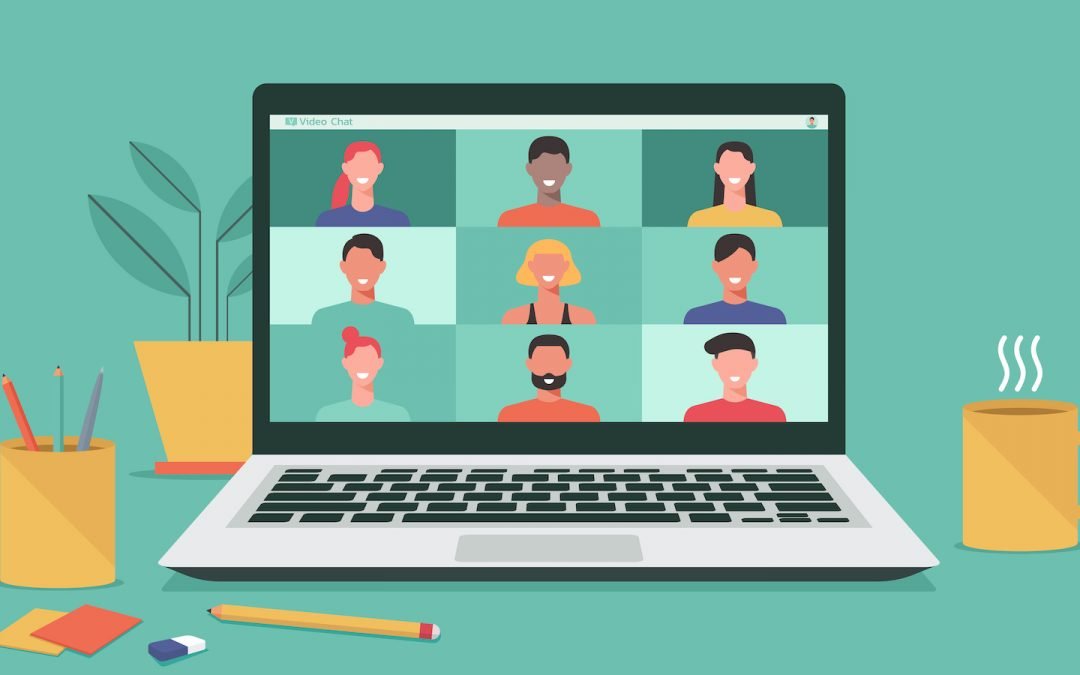By Michael Caprara
When hosting an event of any kind, you set a date, send out invites, and painstakingly coordinate activities. Now, with work and education taking place online more than ever before, pulling off a successful media experience may mean adding an often-overlooked element to your comprehensive planning checklist: remote live captioning.
Companies and schools have been presented with intense challenges over the last year due to the rapid push to adopt new technology. But the migration to video conferencing software has also presented organizations with opportunities to initiate small changes that can greatly benefit participants, reach wider audiences, and demonstrate a firm commitment to inclusion. From webinars to online classes to event livestreams, remote live captioning helps ensure that employees, students, and customers with or without disabilities don’t miss out.
Prioritize accessibility for virtual gatherings.
Live captioning, also known as remote Communication Access Real-Time (CART) services, delivers instantaneous, synchronized speech-to-text captions to any screen. Unlike autogenerated captioning, CART professionals provide highly accurate, verbatim transcriptions in real time with minimal errors or delays. While captioners can operate on-site, it’s generally more cost effective—and these days, more practical—to arrange for remote services.
Everyone benefits.
About 15% of American adults, nearly 40 million, report trouble hearing according to the National Institute on Deafness and Other Communication Disorders. CART enables individuals with deafness or low hearing to understand everything being said and equally participate. Having the option to read along makes it easier for every participant to comprehend and retain the intended meaning of complex information, especially in noisy environments and for those who speak English as a second language. Once a session wraps up, participants can access a complete transcript at their leisure—useful for those unable to attend the live event, or for those experiencing connectivity issues.
When assessing the needs of employees, students, and customers, you may assume live captioning isn’t necessary if no one discloses a disability. That’s not the case. CART enhances both accessibility and overall user experience in a variety of ways, and it reflects well on your organization to be proactive in reaching compliance standards with the ADA (Americans with Disabilities Act) and the CVAA (21st Century Communications and Video Accessibility Act).
Planning ahead is key.
As the demand for live captioning increases nationwide, so does the need for qualified captioners in this growing industry. Captioners around the country, who require solid listening and language skills and a typing speed of around 200 words per minute, are typically booked for their services far in advance. That’s why it’s a smart idea to include this service in your long-term strategy plan and schedule it as early as possible.
The bottom line? Explore how your audience perceives and engages with your virtual events and establish clear accessibility goals with your team. Including CART services is a simple, affordable way to make sure everyone gets the most out of your live content. So set a date, send out invites, host an inclusive event—and check digital accessibility off your list.
Interested in learning more about CART and other Digital Accessibility services? The Viscardi Center’s Digital Accessibility experts are here to help.
 |
Michael Caprara Chief Information Officer, The Viscardi Center |

